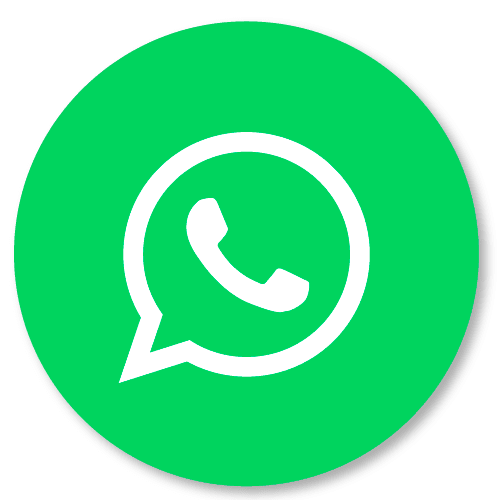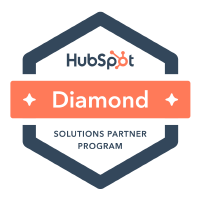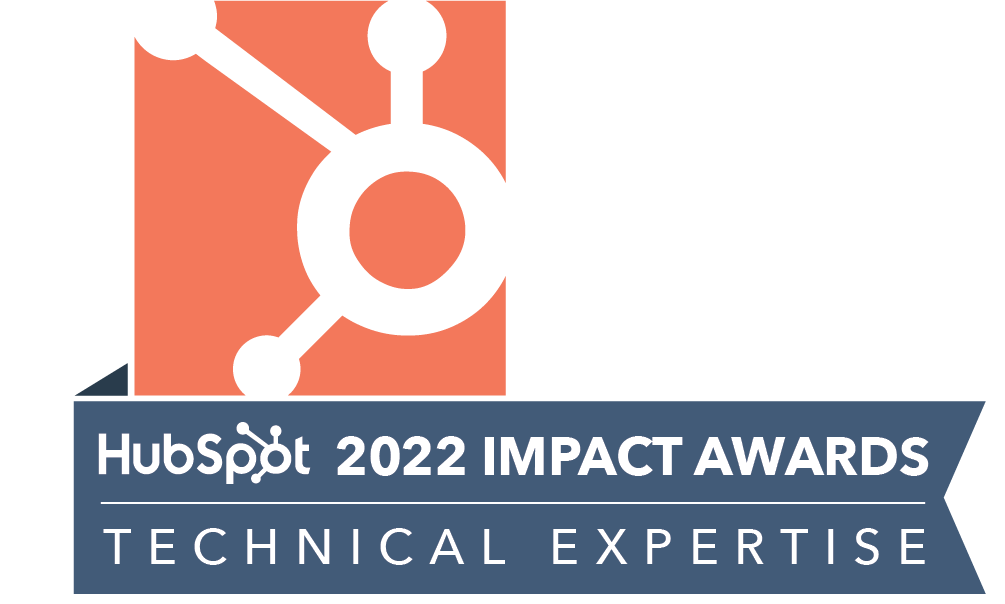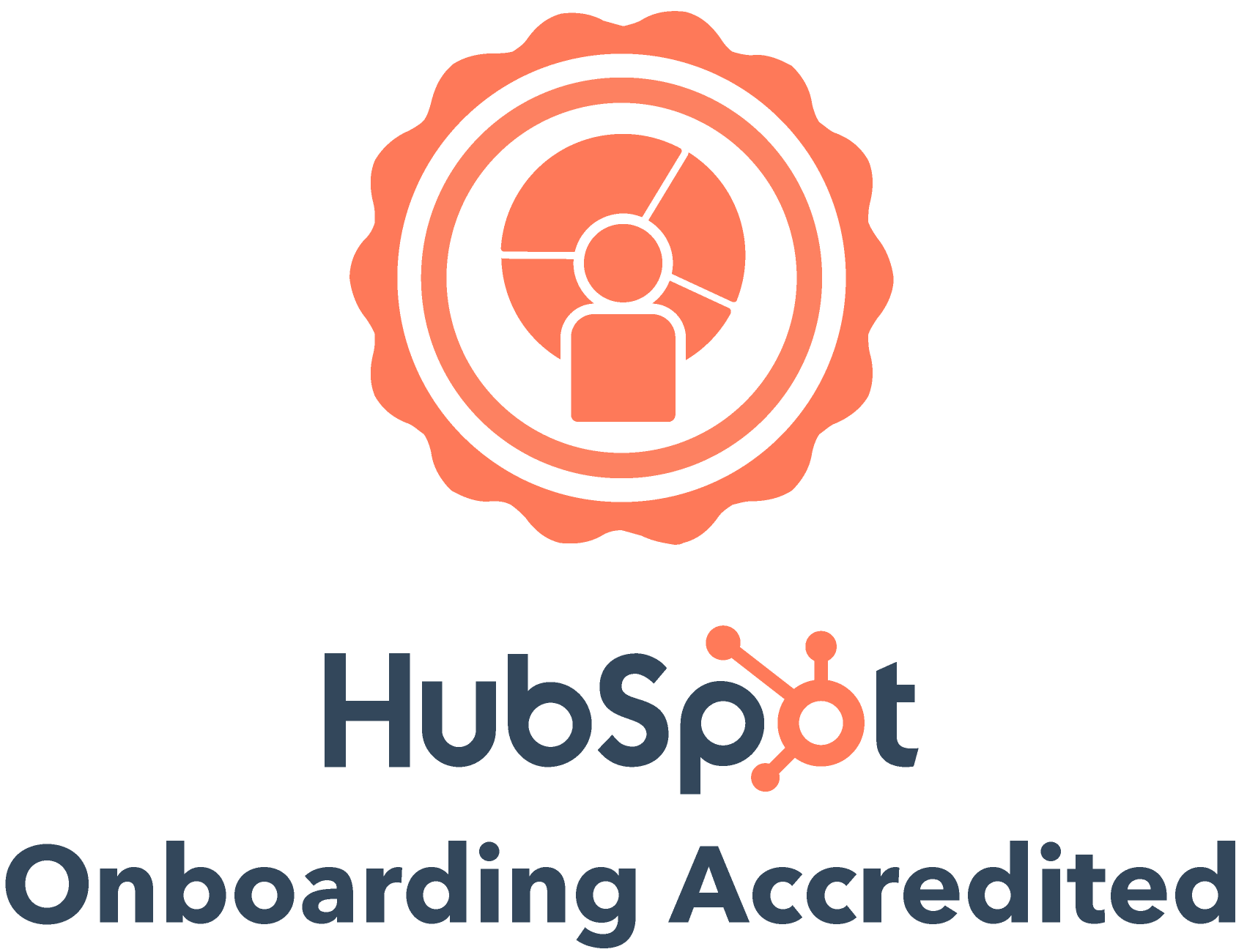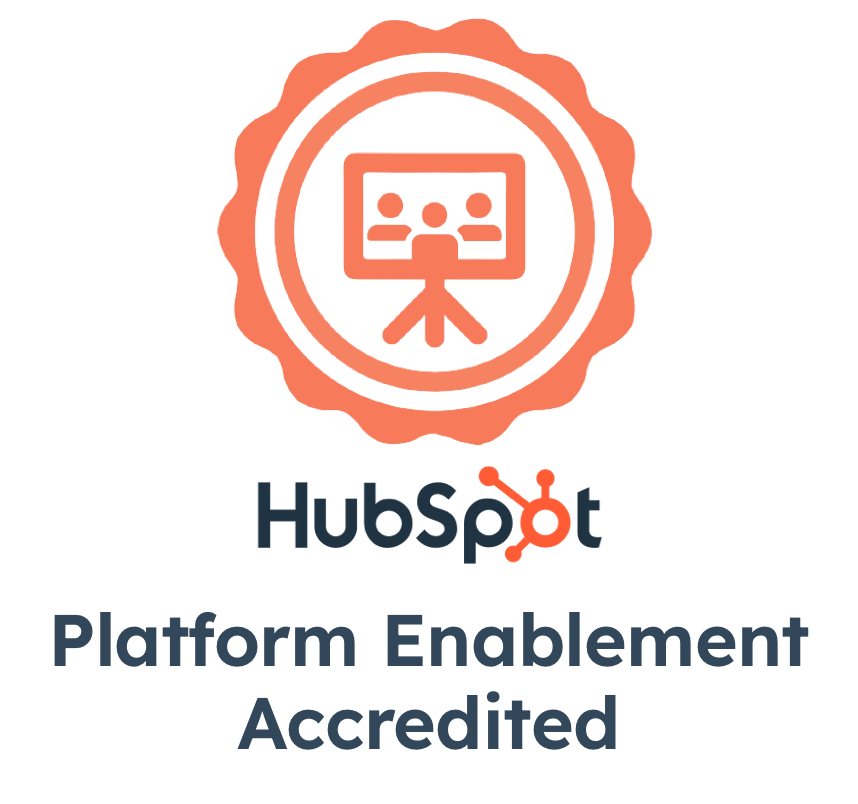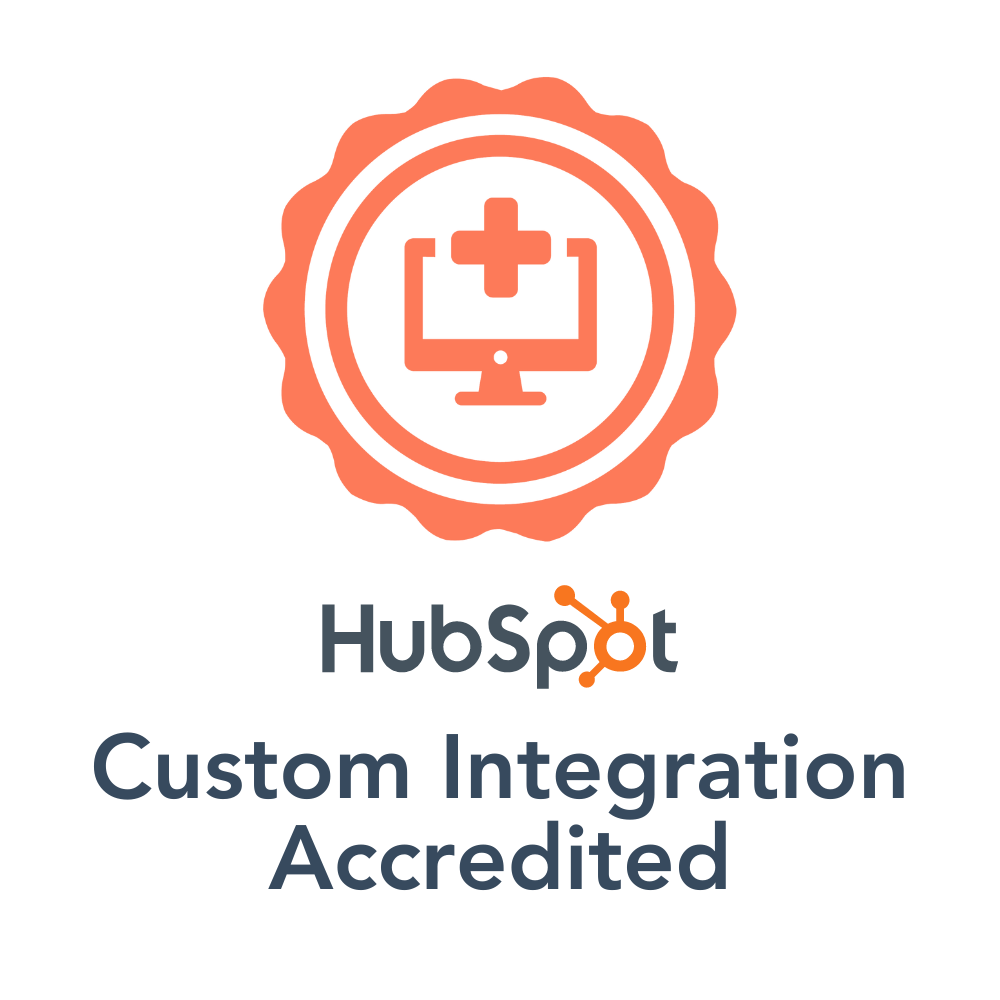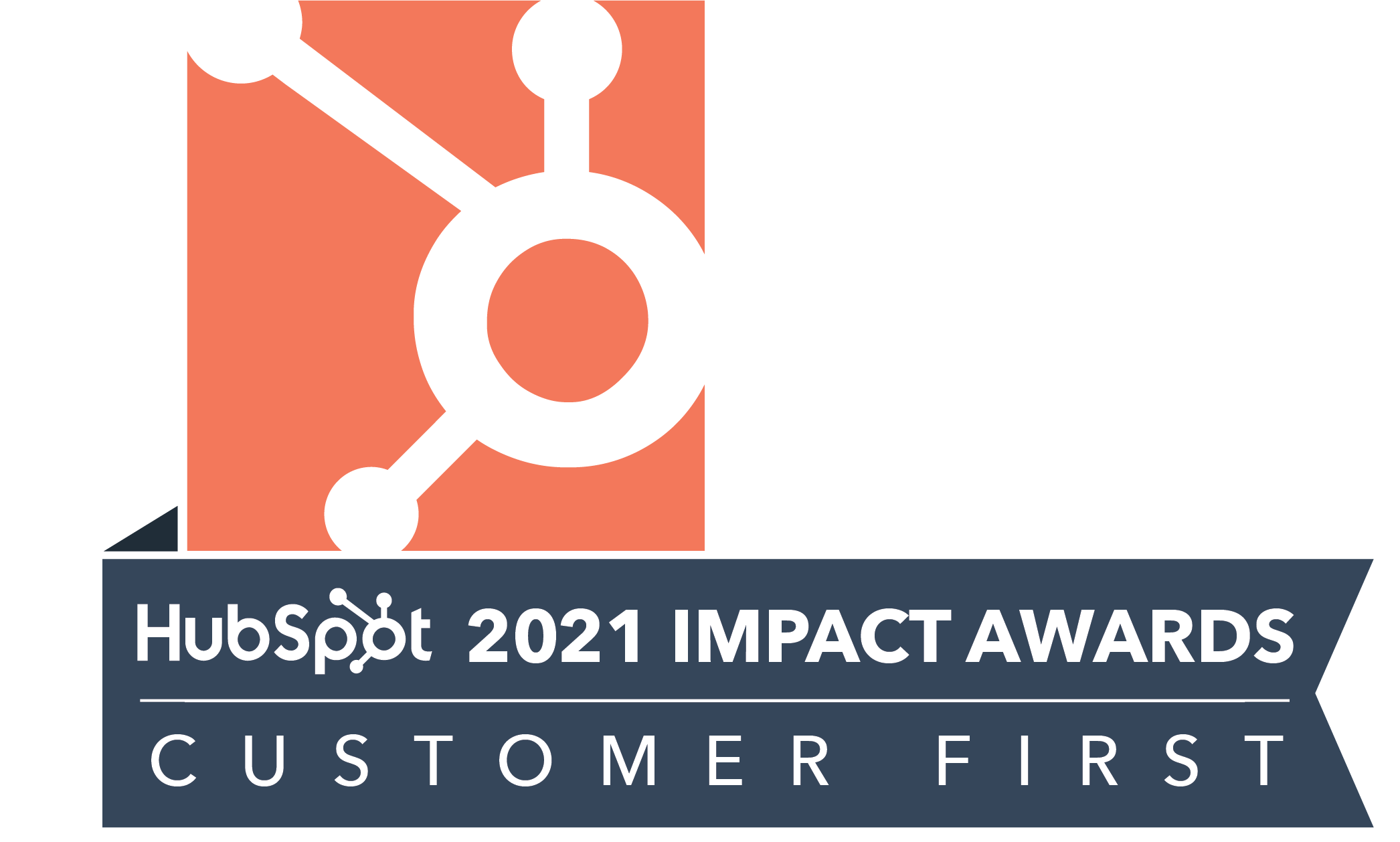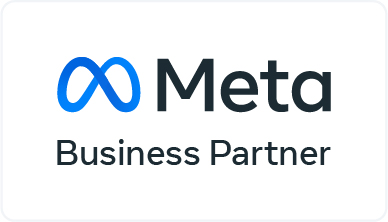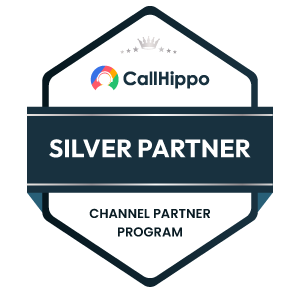Venue: The clients’ conference room.
Attendees: Client team: CEO, Tech Architect, UX Lead, Sales Manager. Niswey: Strategy lead, Content Strategist and UX Head.
Objective of the meeting: To finalize the IA (Information Architecture) for the clients’ new website.
Challenge: The clients’ UI/UX team had been working on the IA since about 4 months but hadn’t been able to conclude on something that would satisfy all stakeholders. Since this has a direct impact on our deliverables, leads, we decided we had to get into the game. And told the client how we would approach the problem.
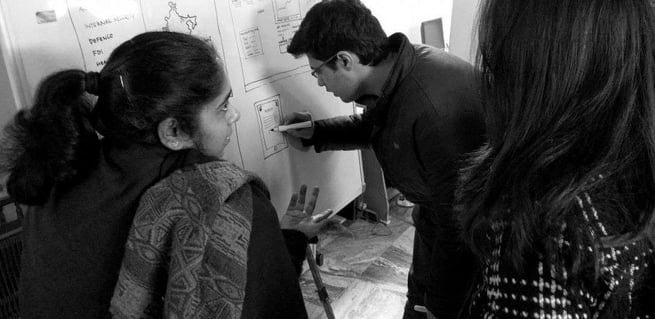
Homework done for the client meeting:
-
Brainstormed and figured website’s user personas. There are six personas to be dealt with, some of them still evolving.
-
Studying the Google Analytics account for the current website. Figured what works, what doesn’t. And, what assists in conversion. In a nutshell, understanding the existing user journey. And then creating the user journey we would like for the personas to elicit the action we would like them to take.
-
Going through all existing content on the website. Being a 14-year old company, at an average of one or two blogs per week, a long form article or case study each month and a fortnightly webinar series, which is into its 3rd consecutive year, it’s fair to say there’s quite a bit of content on the website. Additionally, we have to plan for new content (and content types) that we believe are required for the target personas.
-
Understanding Drupal architecture. The current website was built in Drupal 7 and the new one is being built in Drupal 8. So understanding the CMS, mapping existing taxonomy to the new one and laying out clear guidelines for the tech team to ensure a hassle free migration. At the same time, since we know some content will continue to evolve, we need to ensure that the new architecture supports new content types and takes care of scalability of content and content types.
The meeting started with a discussion on validating the user/customer personas with the client team. The CEO and sales manager had just come back from a sales trip to the Europe and had key insights from the conversations they had with their prospects. Since the CEO wanted some marketing collaterals to be created quickly, to further sales conversations, we had to build the customer personas (from mails/conversations), before he came back. So when we started discussing the personas, we were already at 80% alignment with the client. It just took us about an hour to get a closure on all the personas.
Next up, the website and information architecture. Based on the user persona and the analytics data, we clearly knew what a potential customer would look for when landing on the site. Hence we defined the information architecture in a way that they would be able to find out what they were looking for, right in the first scroll on the homepage. But we also kept in mind that every user is unique, and everyone doesn’t behave in a similar manner. So not everyone would go through the website using our desired path. We created a mechanism that would capture the visitors’ attention using an alternate way. That’s when the CEO caught on to the idea, jumped out of his seat and took the idea to the next level. What he proposed is so ambitious that their architect gave a smile and then honestly said, “I am not sure if that can be implemented”. Well, the idea had been discovered, and it would be a heartbreak if it can’t be implemented. So we agreed that he’d do a quick prototype and then we would take a call. (In my head I thought, that’s the advantage of having the CEO in the room, it’s difficult to say NO :))
Then, we discussed the navigation, user journey and content architecture. Within the hour the discussion concluded and agreements were made and sent to the tech team to be implemented. The last point of discussion was a content type that was the most complicated piece and had not been cracked yet. When we showed what we had thought of on a spreadsheet, the CEO said that he wasn’t sure how that would work. We had anticipated this, and had worked on creating prototypes using Invision app. We also had examples (of websites) ready to showcase how this would look, on web and on mobile. The CEO understood the concept immediately and asked his UX lead to work on it. Voila! Something as complex as this got the go ahead so quickly without back and forth, we were on a roll!
Since we had accomplished so much so quickly, the energy in the room was really high and so when the CEO asked for a brainstorming session on a new set of marketing collaterals, all said, bring it on! For the next 30 minutes we discussed what needed to be created, the positioning and our differentiators. Thanks to the Europe trip, the CEO said, we were now competing with some of the biggest companies on the planet. Honestly speaking, it was a tad scary when he said that, but for our client, it’s growth. And thus, growth for us too 🙂
The last bit of the meeting was the discussion on the technical architecture, mapping Drupal 7 and Drupal 8. We figured that our documentation was good from a content point of view but was not lucid enough to explain to a techie who would be working on it. So we are now reworking this.
And thus ended four hours of discussions that left everyone truly brain drained. The CEO said, “Lots accomplished today.” We knew that he was happy with the work and meant that his time had been aptly utilized. For us, his statement, is the ROI.






